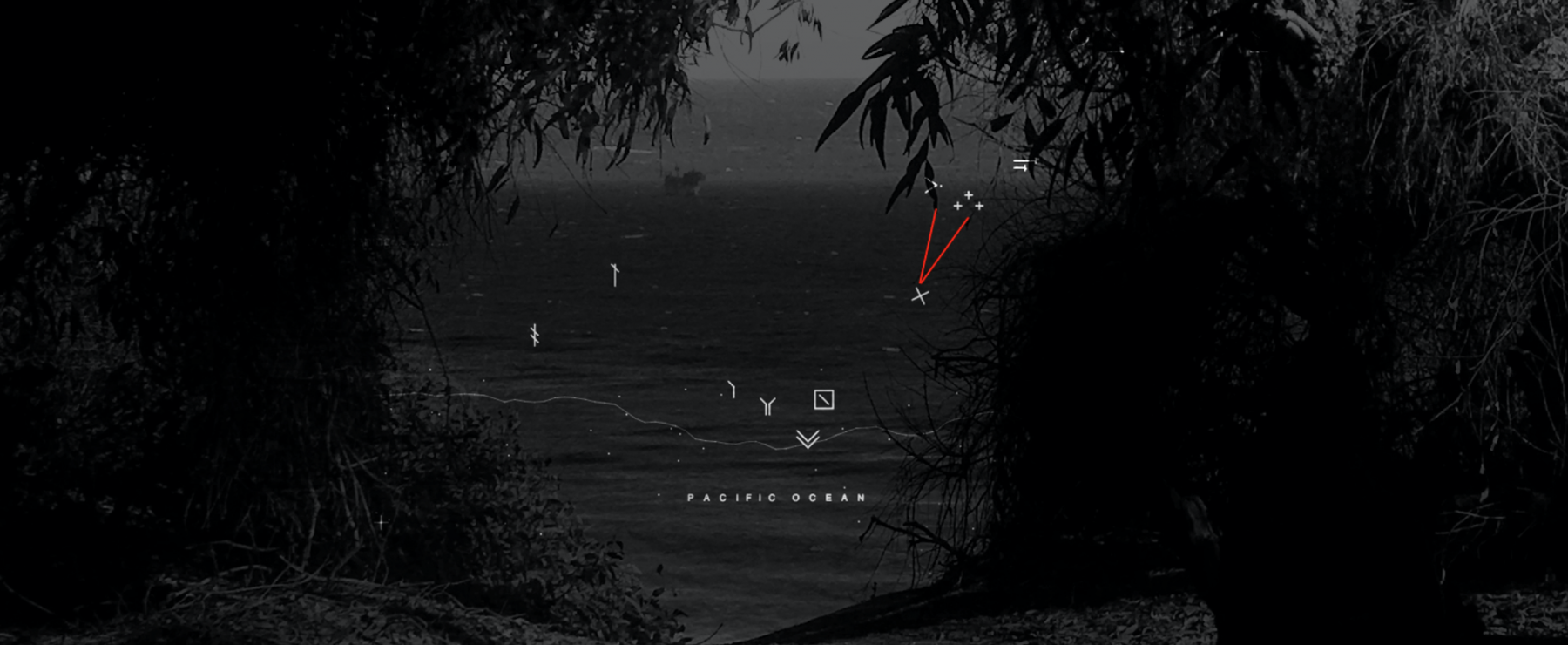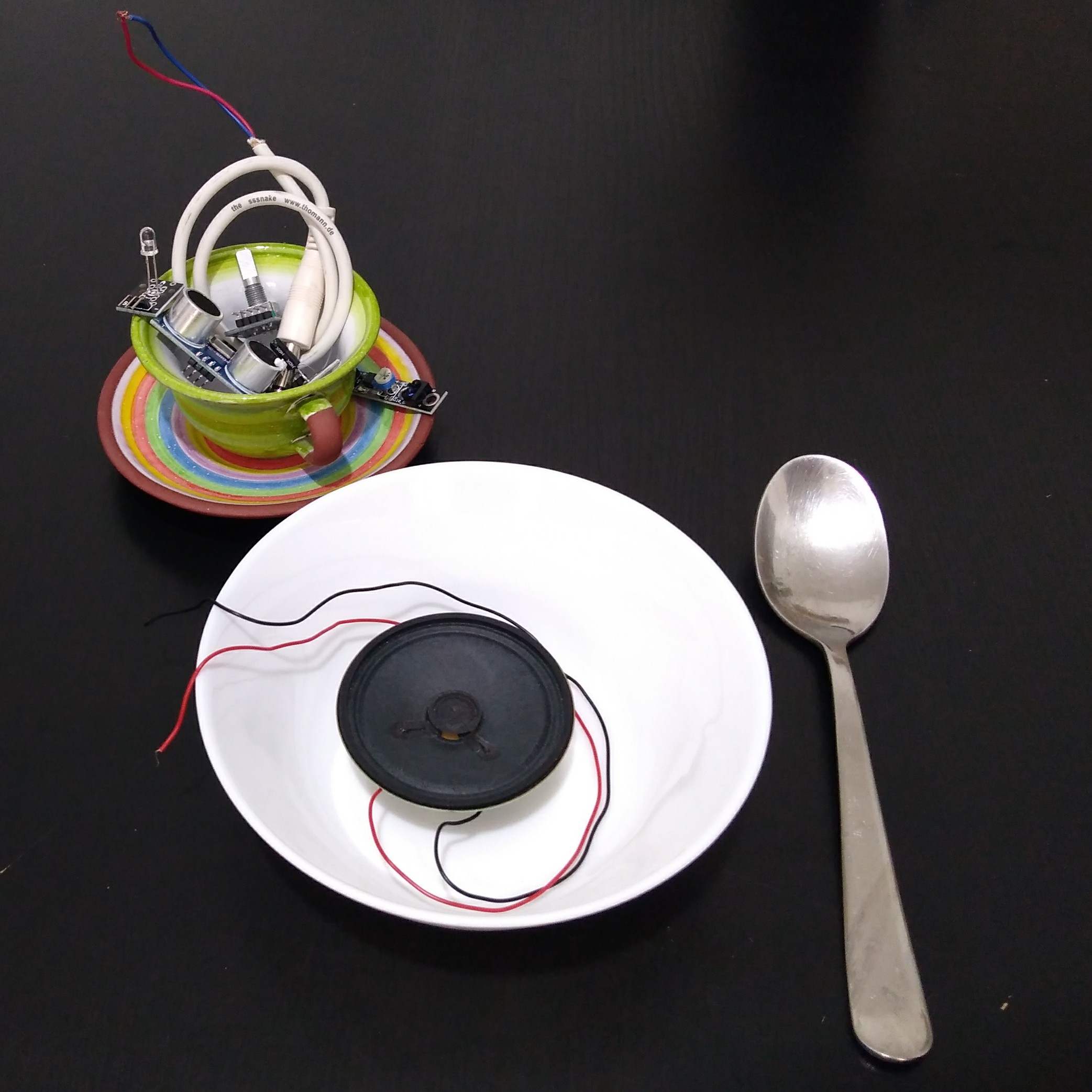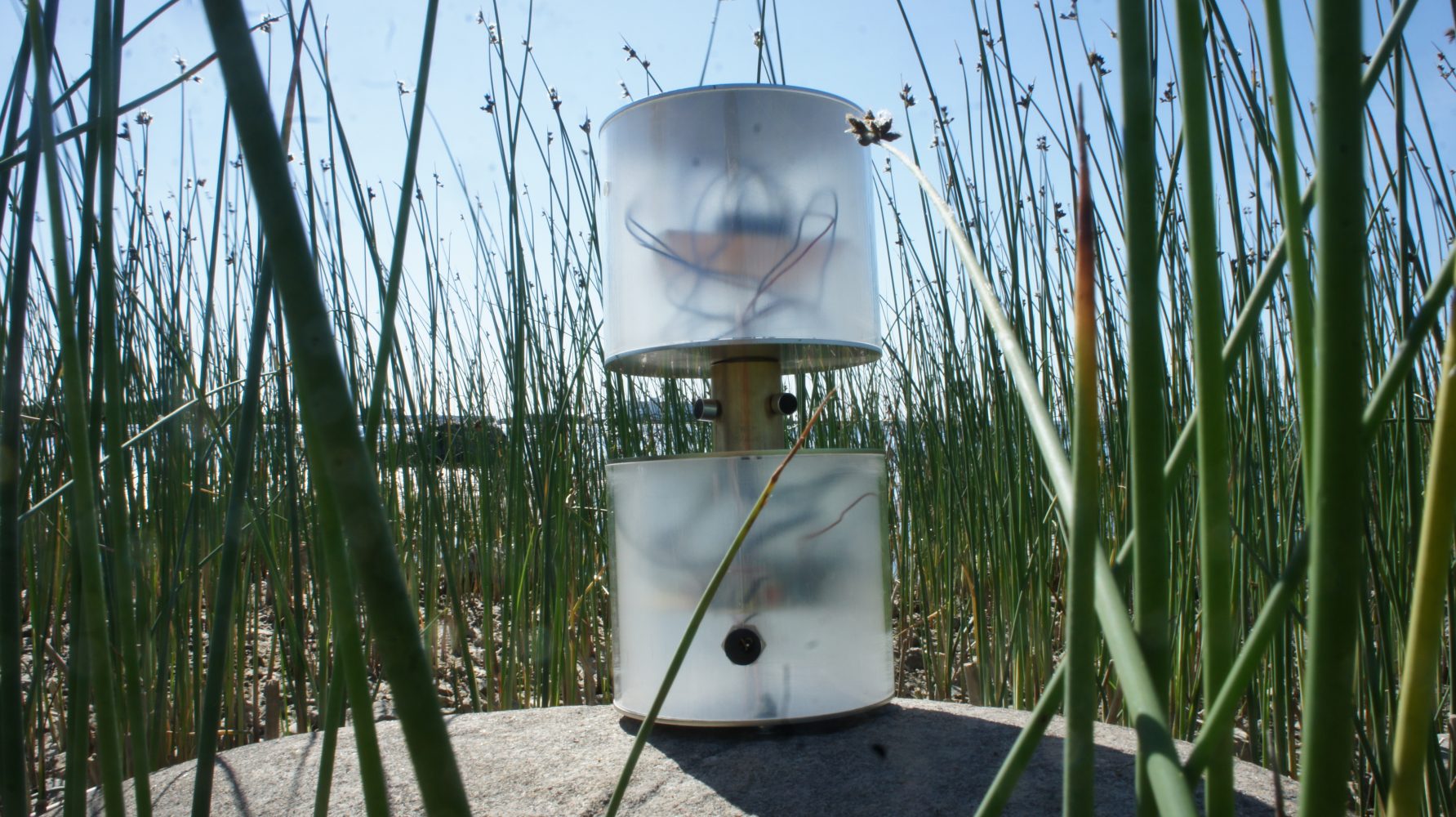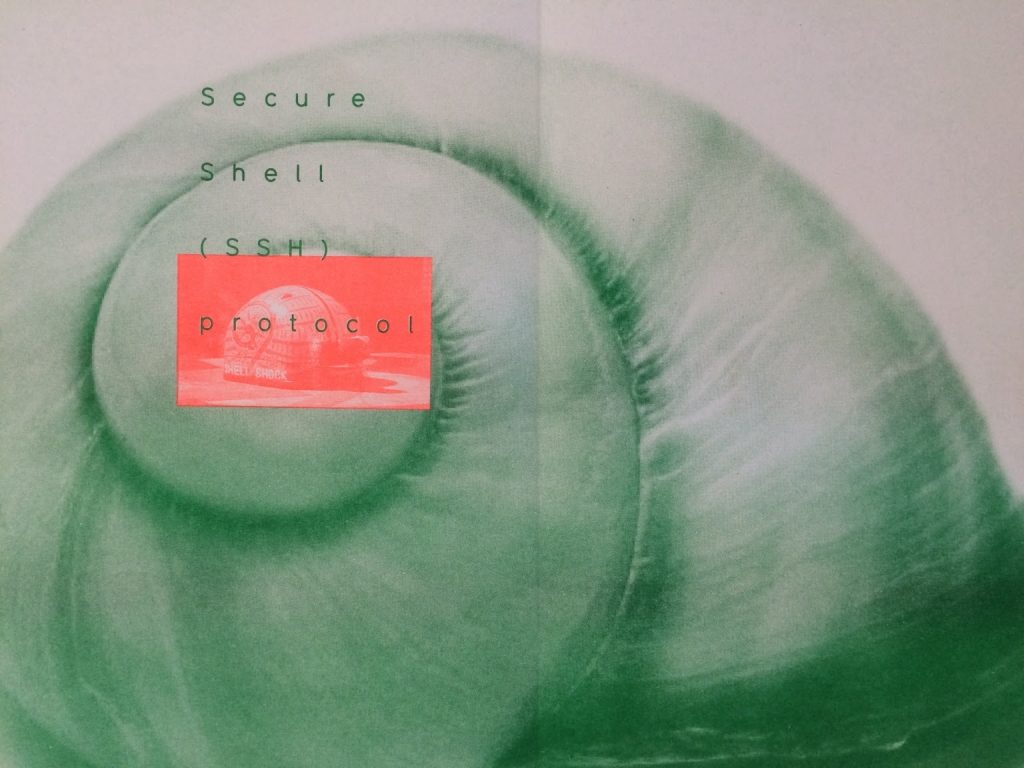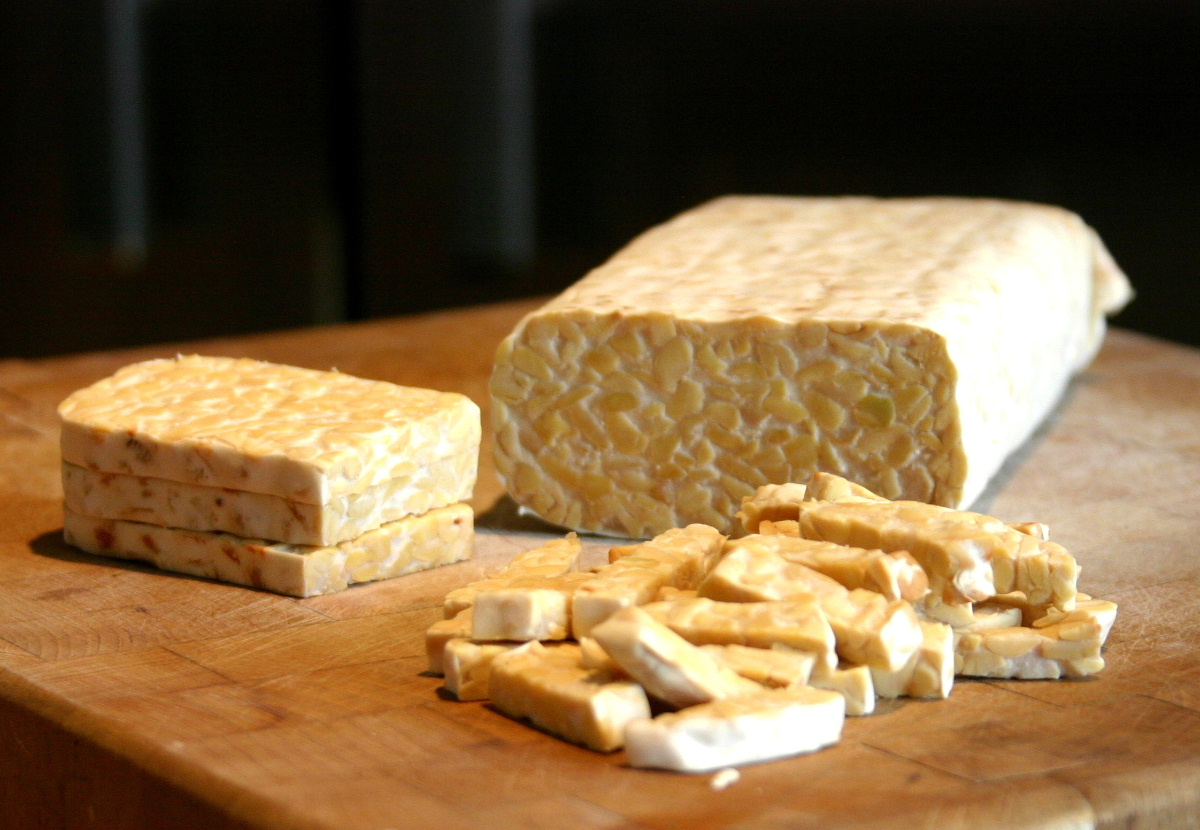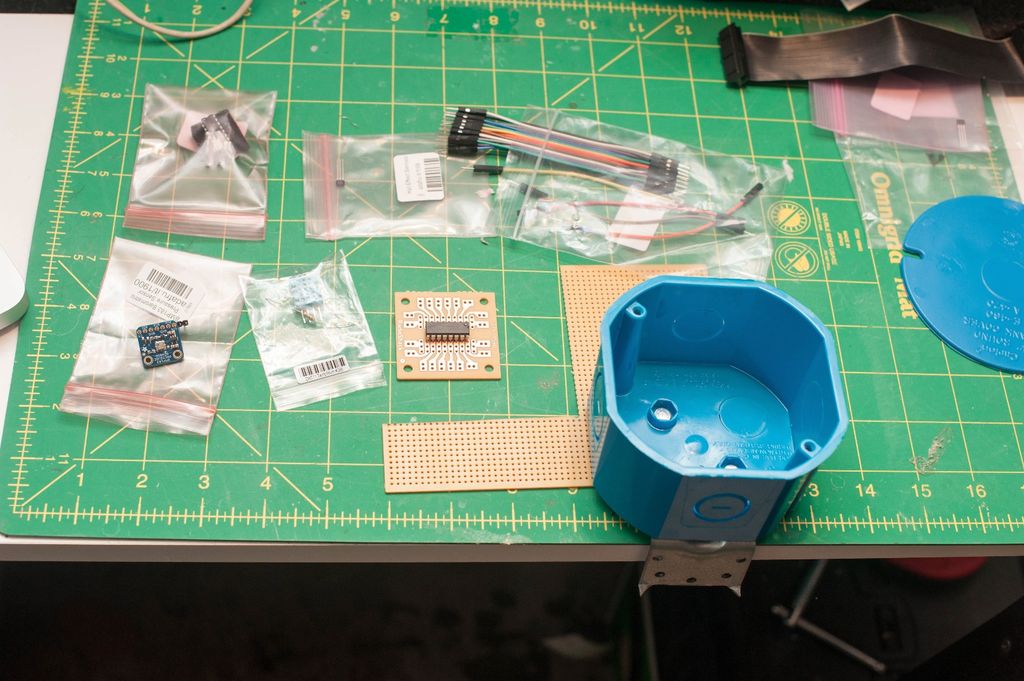Designed to be an environmental wearable MIDI controller that can connect to a variety of WiFi-enabled devices, the MIDI Jacket Controller plays an integral part in a digital modular synthesizer system that is in the process of being built at a DIY art space in Atlanta, GA, USA called The Bakery.
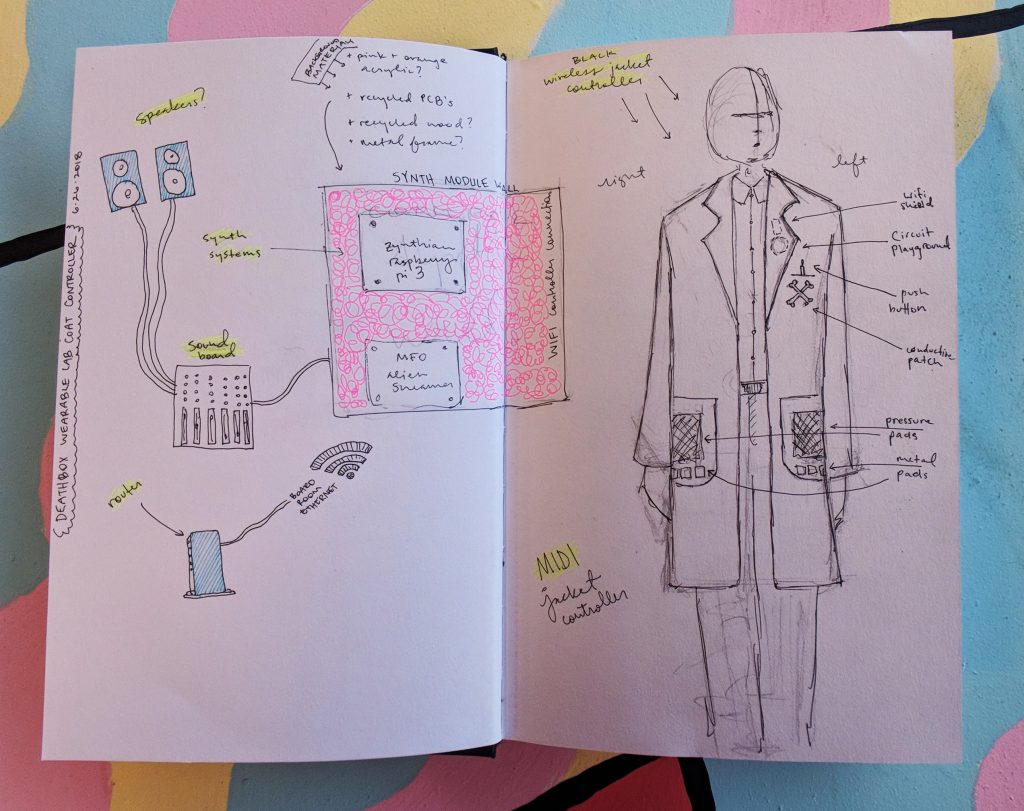
The physical construction of the jacket mimics that of a scientist’s lab coat. The jacket’s design is derived from the environmental features of the space that it will mainly control, which is an old electrical closet in a decommissioned commercial bakery. When we first discovered this room, we were convinced that a mad scientist had occupied it and performed torturous experiments on people based on what we found in there, which included chains hanging from the ceiling, exposed electrical panels, and empty shell casings – among other things – that we found on the floor. The ravers who previously occupied the old bakery space told us that there was a box in the creepy electrical room that was still live with electricity and would kill anyone who touched it – so the room’s aesthetic and raver lore inspired the name of the room, which we’re calling Deathbox Records.
The primary purpose of Deathbox Records is that it will function as an affordable livestreaming, podcasting, and overall experimental recording studio that artists in Atlanta, GA, USA can rent by the hour. We’re offering equipment rental options, and one of those options will be an interactive synthesizer wall that they can use for performances and/or recordings. The primary controller for the synth wall will be the wearable MIDI jacket controller that people can also use to connect to their own WiFi-enabled devices that accept MIDI signals.
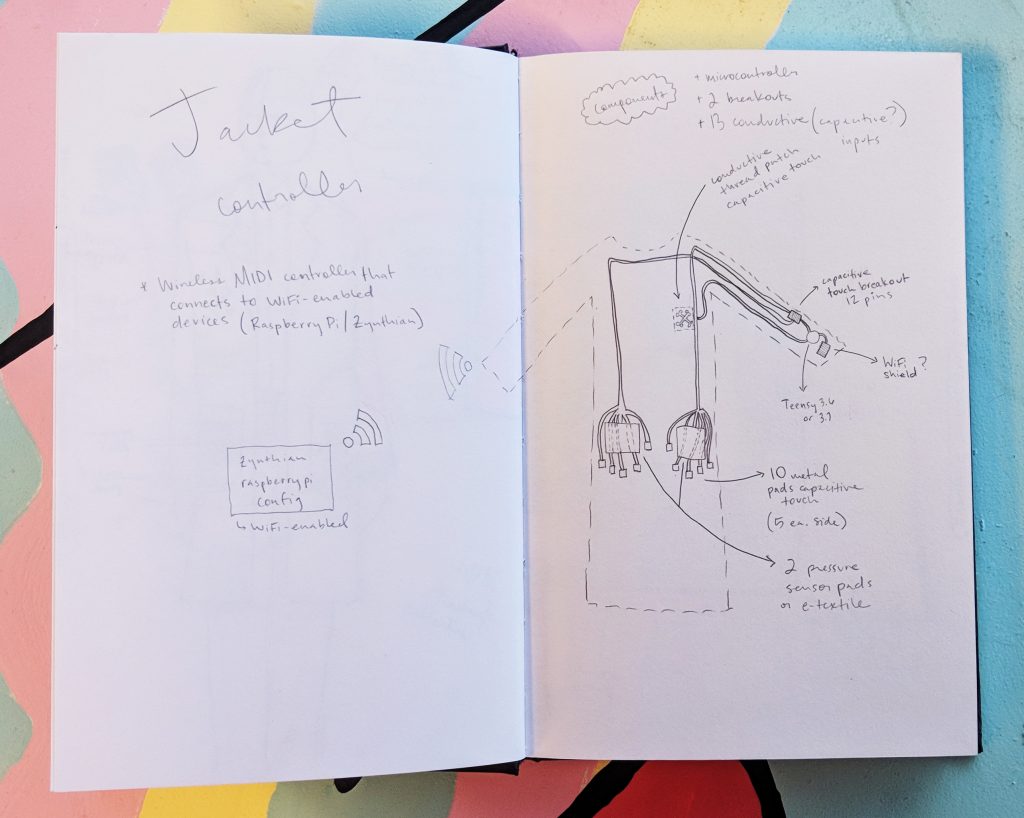
Over the course of PIFcamp, the main goal of the project is to finalize the design of the electronic circuit that will be embedded in the jacket, build n sew the circuit and jacket together, and test its capabilities as a MIDI controller.
If you’re interesting in connecting about the project before PIFcamp, feel free to send me an email at im@streetcat.media to say hi!

